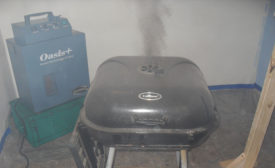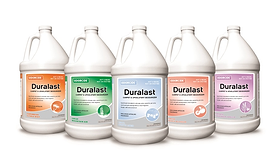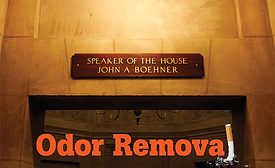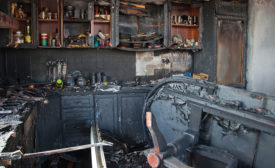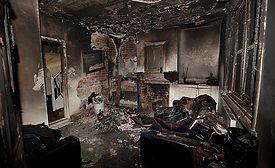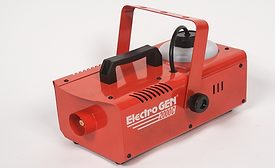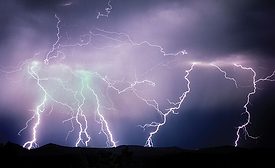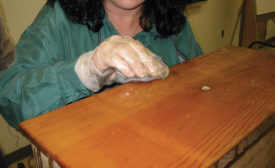Odor Removal
First Order of Business: Smoke Odor Removal
Ridding Former House Speaker John Boehner's Office from Cigarette Smoke Damage
Read More
ProRestore Releases New ElectroGen 2000C Thermal Fogger
The ElectroGen 2000C is designed specifically for odor control
January 12, 2016
Ozone 101: Using Oxygen Molecules for Odor Removal
Ozone: noun \’ō,zōn\: a colorless gas with a pungent odor and powerful oxidizing properties, formed from oxygen by electrical discharges or ultraviolet light. It differs from normal oxygen (O2) in having three atoms in its molecule (O3).
Read More
Odor Control: Challenges and Solutions
“Smell is a potent wizard that transports you across thousands of miles and all the years you have lived.” – Helen Keller
Read More
Get our new eMagazine delivered to your inbox every month.
Stay in the know on the latest disaster restoration and remediation trends.
SUBSCRIBE TODAY!Copyright ©2022. All Rights Reserved BNP Media.
Design, CMS, Hosting & Web Development :: ePublishing
